
Four faces of Kate Moss
KATE MOSS, OR THE BEAUTY OF PARADOX
Richard Jonathan
I’m obliged, because of the unavailability of Kate’s editorial work, to fall back on Getty runway shots, only peripherally related to my argument.
Kate Moss collaborated with photographers to make images of herself playing at being someone else. This creative collaboration was the part of the fashion business she found most fulfilling—in her rare interviews it is a recurring theme. Why? Because fashion is a kaleidoscope that keeps identity in flux; it is a juggler that keeps possibilities in motion. If Kate ‘found herself’ in this world, it is because she is a tightrope walker, she likes risk. What is risk? The refusal to reduce oneself to one’s consciousness; to trust one’s intuition, to have confidence in one’s gut. Kate intuitively understood that a detour through the phantastic (the opportunities fashion offers the imagination) could enable her to develop what is most individual in herself; in her gut she knew that seriousness need not be ponderous if it is accessed through play. ‘In this world there is one path that no-one but you can walk’: Kate, unafraid, took Nietzsche’s dictum to heart, and in so doing she fulfilled, at least for a while, the philosopher’s aesthetic model of the self: a fatalistic self-creation in which we ‘become who we are’.
And herein, for me, lies the appeal of Kate Moss: In the face of adversity, in the adventure of becoming who she is, she was always elegant; to her adversaries as she pursued her path she had but two things to say: ‘I don’t give a shit’ and ‘fuck off’. Elegant? Yes, elegant, for there was nothing neurotic motivating her verbal fire, nothing to compromise the conviction and style with which she’d utter those invectives. Pierre Balmain, in a talk he gave in 1954, quoted Paul Valéry’s definition of sartorial elegance: ‘To produce a singular impression without resorting to being strange, to avoid calling attention to oneself while subtly standing out.’ And then he added his own definition: ‘An elegant woman must no more be noticed when she enters a room as forgotten when she leaves it’. For the poet and the couturier, then, elegance partakes of the ineffable. F-off/ineffable: Kate’s ‘I don’t give a shit’ and ‘fuck off’ and Valéry and Balmain’s ‘ineffable’ are, I contend, equally elegant: they differ in register, not in kind.
We live in the age of the sign—living signs, dead signs. Fashion is living, vital, fluid, a hothouse of creativity; fashion language is barren, spiritless, sterile, a parade of dead tokens. Take just about any of Kate’s post-Calvin campaigns—you’ll be hard-pressed to find any trace of ambiguity, anything that contests the primacy of the commercial. Here, no sooner do we open our eyes on the ad then the déjà-vu of cliché, dulling our senses, comes to close them. When Kate is doing a shoot straight, when consumerism dominates, she does not stimulate. Whatever the idiom—grunge street style, porno chic, retro glamour—we are not fooled: the ‘creative team’ is whipping a dead horse on fashion’s merry-go-round. In this sense, the sign is dead. Conversely, when Kate is engaged, when risks are taken as she endeavours to give the photographer the material of her imagination, the play of signifiers between us and the image unsettles. Here, our senses are not content with sensation: our hearts and minds kick in as we try to decipher the enigma of why our gaze can’t leg go: What is it, via Kate, that we are seeking? In this sense, the sign is living.
It is my contention that Kate Moss, via the photographers she has collaborated with, has given us not only more ‘living signs’ than any other model, but also a greater variety of them. She was one who consistently spoke in different tongues, and yet always in the same voice. In this sense, she had the individuality of an artist.
In the early days of modelling, the models showed off the work of the designer—Lanvin, Vionnet, Chanel; Balenciaga, Givenchy, Dior—in the salon of the atelier to a small group of potential clients. Whatever photographs were taken were not widely circulated. These ‘showings’ in tiny salons were the norm until the early sixties. Indeed, it was not until David Bailey, Brian Duffy and Terence Donovan (the ‘terrible three’ of ‘Swinging London’) captured in their lenses Veruschka, Jean Shrimpton and Penelope Tree that things really changed. And then along came Twiggy, a ‘modern-faced’ androgyne child-woman, so in tune with the times that her fame would spread worldwide. Clearly, in terms of a socio-cultural phenomenon, Twiggy was a precursor of Kate.
The seventies saw Jerry Hall bring her golden-age-of-Hollywood glamour to modelling. Inès de la Fressange then brought her freshness to the profession, along with her Parisian chic. As these two genuine individualities continued to thrive into the eighties, the ‘California girl’ look—personified by Christie Brinkley, Elle Macpherson, Stephanie Seymour and, to some extent, Cindy Crawford—came onto the scene. Healthy and wholesome, at once buxom and sporty, these models worked out as hard as they worked.
Then, at the end of the eighties, British Vogue asked Peter Lindbergh to shoot its first cover of the new decade. And thus it was that the January 1990 cover crystallized the phenomenon of the ‘supermodel’: Naomi Campbell, Christy Turlington, Cindy Crawford, Linda Evangelista and Tatjana Patitz. Versace shows and a George Michael video would confirm their place at the top. Soon they were joined by Tatjana Patitz’s fellow-Germans—Nadja Auermann, Heidi Klum, Claudia Schiffer—along with the Franco-Italian Carla Bruni.
And then along came Kate to defy them all. Hollywood glamour or Parisian chic? Buxom good health or steely Teutonic beauty? The divine right of ‘perfection’, the royal road to consumer heaven? Kate had nothing in common with any of that. Instead, still in her mid-teens, she made one-day-at-a-time her way, trusting her intuition that whatever she had to offer, in whatever guise it might be expressed, things would work out best if she’d keep faith with her individuality and ignore all the rest.
And so, just as David Bailey, Brian Duffy and Terence Donovan had seized the spotlight from the established photographers in the ‘Swinging Sixties’, so Corrine Day and David Sims, Juergen Teller and Craig McDean, would sparkle as ‘Cool Britannia’ (and, for a while, the rest of the fashion world) became receptive to an aesthetic different from the one Richard Avedon and Irving Penn, Peter Lindbergh and Steven Meisel, had crafted with the supermodels. And the most potent spur to the creativity of these rebel photographers was the young anti-model, Kate Moss.
Later, after the Calvin Klein campaigns, John Galliano would take Kate under his wing, just as, later still, Alexander McQueen would: South Londoners all (well, at least in spirit: Kate hailed from Croydon, and Galliano from Gibraltar) the three spoke a common language in more ways than one. And thus it was that Kate the anti-model, giving herself up wholly in each creative encounter, would become a hyper-model.
Fashion today is a central driver of hyper-consumerism. Here, Kate takes the money and, with style, strolls away. Unlike most models in our globalized gig economy, she ferociously resists social media. Where others become 24/7 self-promoters, sacrificing grace as they carve out a place on fashion’s totem pole, Kate gives the finger to Facebook, tells Instagram to fuck off, and with dignity maintains the attitude she’s adopted from the start: never complain, never explain, never suck up to the powers that be. In a word, she maintains her freedom.
Fashion, like all art, is intrinsically erotic, only more so because it is also inherently feminine and fetishistic. Kate, in word (see her interviews with Nick Knight) and deed, has demonstrated she liked being ‘one of the boys’. She had the faculty of making friends with men—always a tricky proposition for a woman, because it necessarily involves sublimation. Given this, part of Kate’s appeal, I would argue, derived from what the French call pudeur, meaning not only modesty, but also a certain quality of interiority. However much she exposed herself to the camera, there was always something within her that evaded capture, something that one could sense.
If every woman articulates the feminine in the way she dresses (and undresses) her body, Kate’s artistry consisted in making the feminine luminous through the way she disrupted it. She incarnated with absolute conviction the proposition of the feminine that photographer or designer put to her, yet at the same time she never fully coincided with it: the enigma that is ‘Kate Moss’ always overrode it. That kid from Croydon, no matter how often in her mini she’d cross her legs, never got her knickers in a twist over the problematic of being a woman. In this, Kate was sublime.
Kate Moss, anti-model and hyper-model, understood that the feminine is open-ended. Her genius lay in her ability to play a role for the camera while remaining free—free precisely because in the feminine there is always something unformed. She has shown that the intimate kinship between femininity and art is ever-renewable, that the relation between artist and model—despite the dead end of fashion language—can be a two-way street. A model, she is an artist of the feminine, and a supreme incarnation of the beauty of paradox.
MARA, MARIETTA: A LOVE STORY IN 77 BEDROOMS
A literary novel by Richard Jonathan
FEMININITY, FETISHISM, CLOTHES
‘Fetish Girls, Fetishist Women’, an article by psychoanalyst Geneviève Morel
A PRINT INTERVIEW & AN ARTICLE
CLICK OR TAP ON THE IMAGE TO GO TO THE ITEM
FASHION IN ‘MARA, MARIETTA’
CLICK ON AN IMAGE TO GO TO THE CORRESPONDING PAGE
By Richard Jonathan | © Mara Marietta Culture Blog, 2020 | All rights reserved


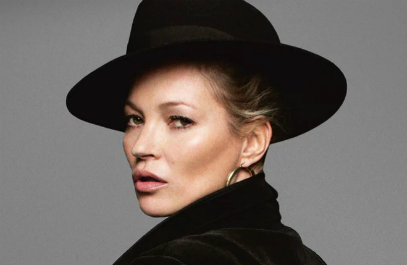
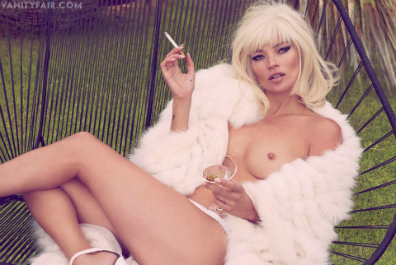
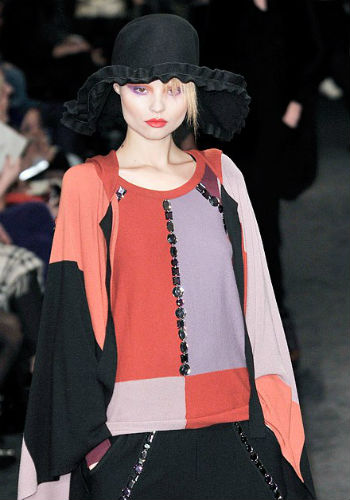
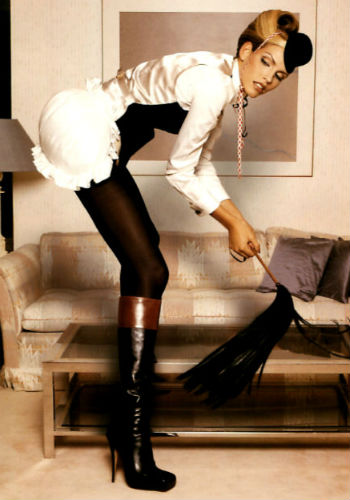
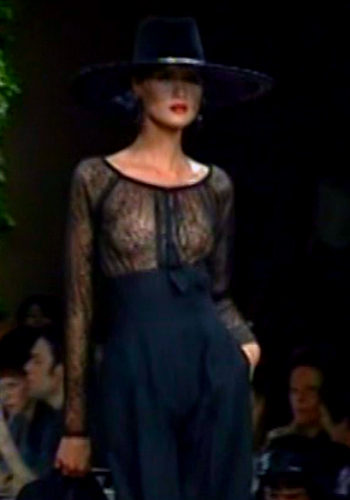
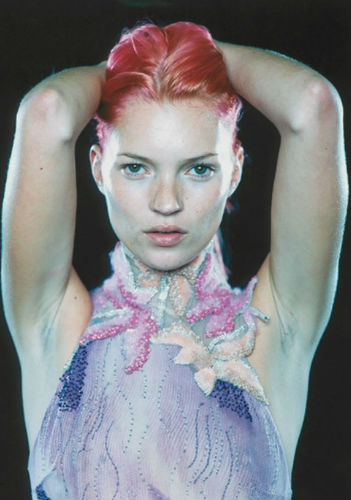
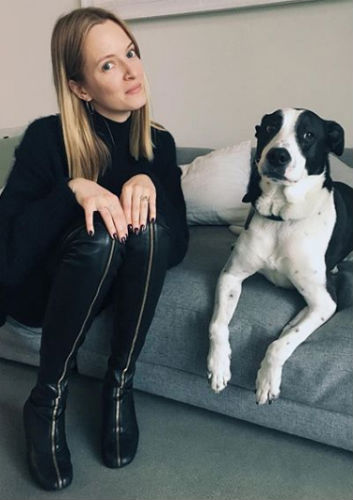
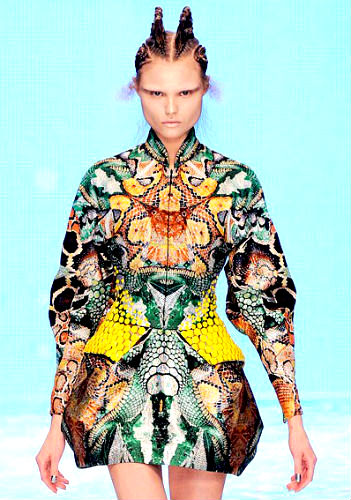
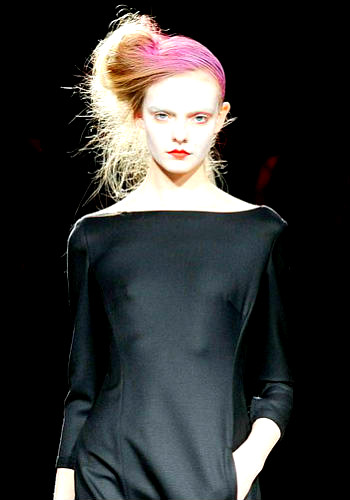
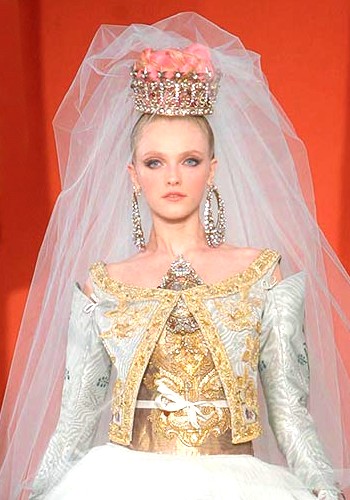
Comments